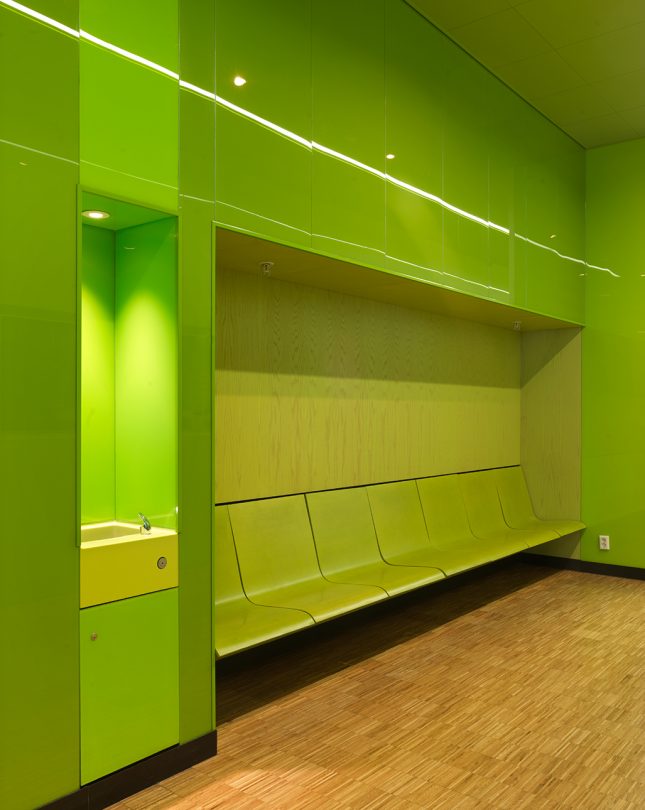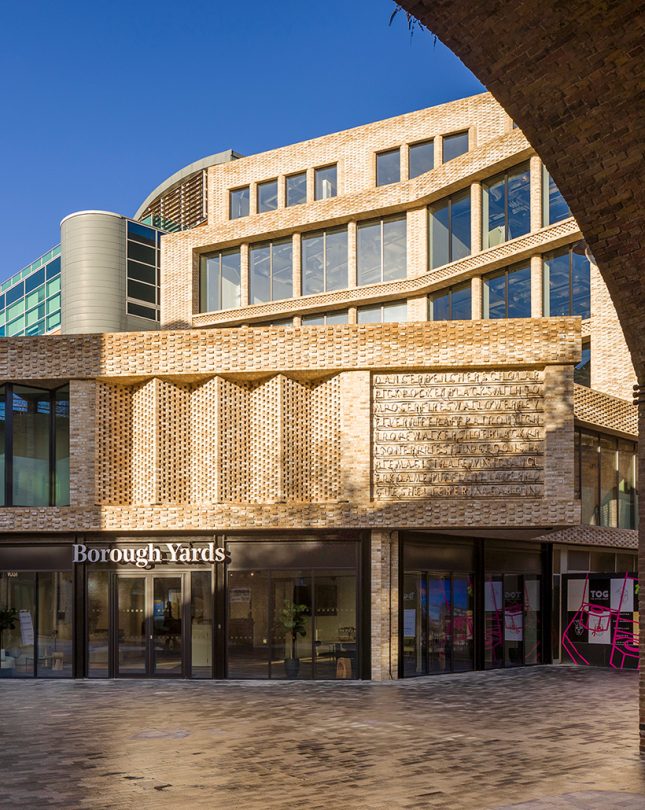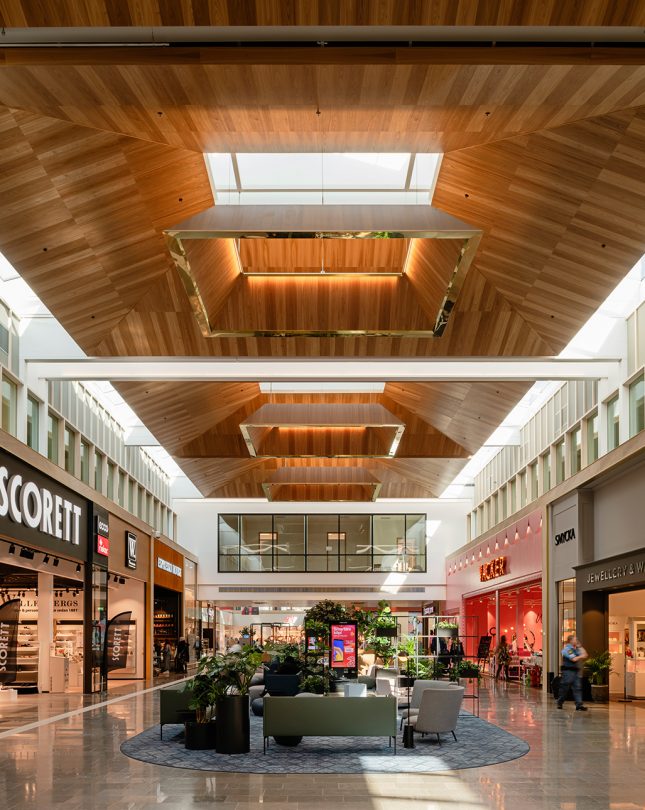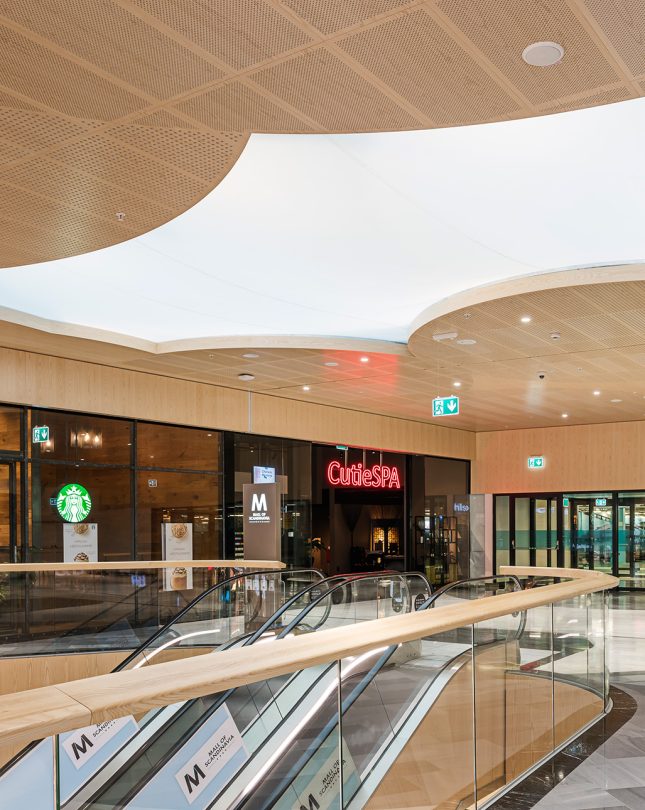Our latest news and views English
Underpinned by our Scandinavian design heritage, we bring you regular stories about architecture and interiors, exploring natural materials, acoustics, and the creation of safe and harmonious environments.
Our online shopping baskets overflowed even before the pandemic as familiar brands started disappearing from the high street. It was clear then that the physical retail sector was due an overhaul. In this article, we consider what the future of retail might look like.
Even pre-pandemic something clearly wasn’t working in terms of the function, design and overall appeal of physical retail spaces compared with online. Then of course Covid-19 did hit and things went into overdrive. Paul Martin, Head of Retail at KPMG in the UK, said in the firm’s ‘Future of towns and cities post Covid-19’ report which came out in January 2021, “Online sales have grown by 50%+ in nine months, accelerating a trend that would have taken five years plus to deliver in normal circumstances.”

US-based trade body the National Retail Foundation has noted some in-store design changes that successful retailers are using, “Colour is more playful than monotones. COVID-19 has [also] taught us to enjoy the simpler things in life: more quality and less quantity, natural, antibacterial materials, less reliance on plastic and less materials with embedded energy playing a greater role in design.”
Photo: Erik Wik
In London, Borough Yards is set to reshape the face of retail with space for 50 new shops and restaurants with its grand launch in spring following the first section, Soap Yard opening last December. Designers SPPARC have revived a lost medieval street pattern, transforming a series of formerly disused warehouses, arches, and viaducts into a series of new spaces with the emphasis firmly on relaxation and enjoyment rather than just shopping. There’s harmony between old and new elements, thanks to innovative use of materials such as bricks.
Photo: Ed Reeve


Another example of the importance of material selection in retail interiors is the newly opened Kongahälla Center in Kungälv, Sweden. It demonstrates how natural materials and good lighting design provide an environment to thrive in. Gustafs wooden panels produced with elm veneer clad vast areas of the interior ceilings. The most eye-catching elements, meanwhile, are massive lampshades hanging down from the rooflights in one of the atriums, also produced with elm veneer, embellished with a brass strip.
Photo: Devis Bionaz
In their book series Retrofitting Suburbia, authors Ellen Dunham-Jones and June Williams find examples of previously unloved American shopping malls given an experiential makeover courtesy of yoga classes, farmers markets, even a Mexican wrestling ring!
The KPMG report makes a similar argument, pointing to the future of retail “catering for a full range of ages and interests and the needs of the local population” with social and recreation space playing their part in encouraging shoppers away from their screens and back to the real-life checkouts.
This focus on experience, and not just somewhere to shop, is evident in Mall of Scandinavia. Designed by Wingårdhs, the vast complex includes retail spaces, cinemas, food courts, lounge areas and pop-up spaces.
As the world opens up following the Coronavirus pandemic, it is clear that retail spaces of the future will combine quality interiors with in-person experiences to attract shoppers back into physical stores again.
Photo: Devis Bionaz
